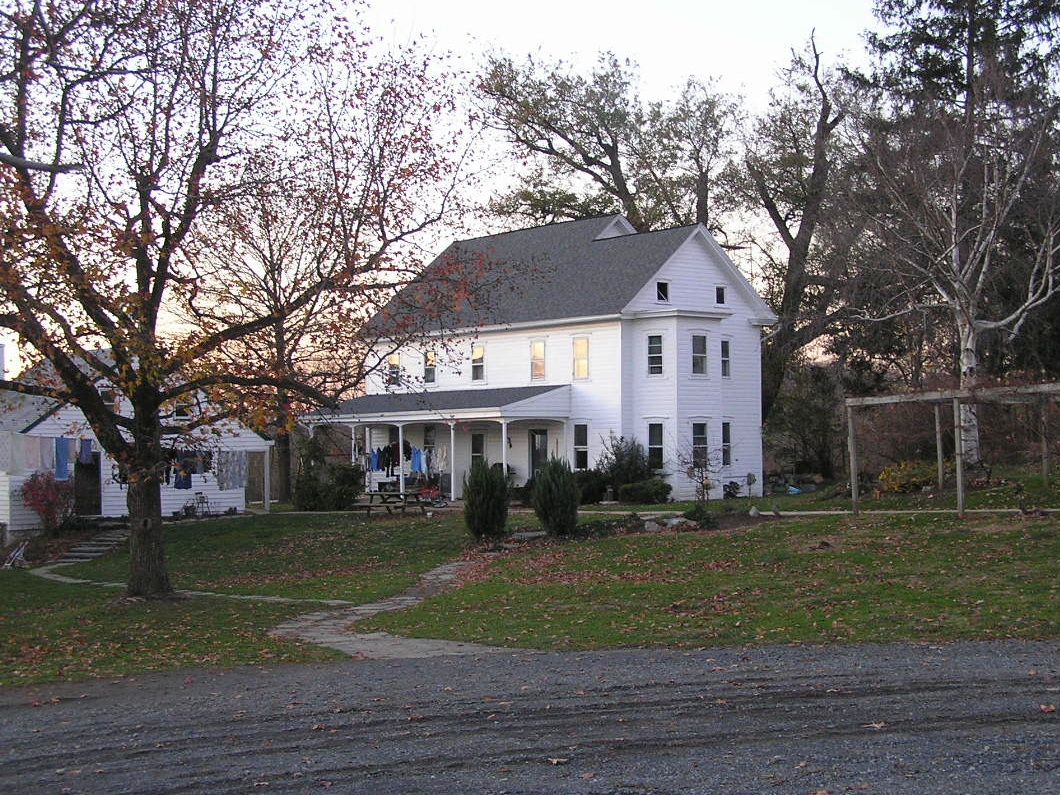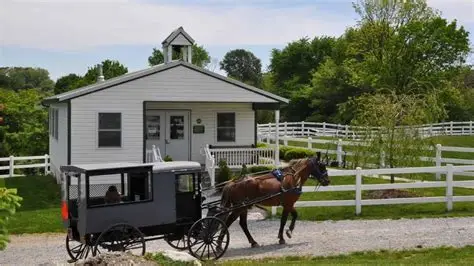Amish Architecture Exhibits Worth Seeing
Amish architecture reflects simplicity, functionality, and a deep connection to community values. Museums and cultural centers across the U.S. preserve and showcase these architectural traditions through exhibits that highlight historic homes, barns, and communal buildings. Visiting these exhibits allows travelers to understand how design, craftsmanship, and cultural principles intersect in Amish life.
Reconstructed Amish Homes
Many museums feature life-size reconstructions of Amish homes that display practical layouts and modest design. Visitors can walk through kitchens, bedrooms, and living spaces to see how families organize daily life efficiently.
These exhibits often include original furniture, household items, and decorative touches that reflect both functionality and tradition. Observing these spaces helps visitors appreciate how Amish values of humility, simplicity, and family-centered living influence architectural choices.
Historic Barns and Outbuildings
Barns are central to Amish farms and community life. Museums frequently showcase historic barns and outbuildings, highlighting traditional construction techniques such as timber framing and hand-hewn beams.
Interactive exhibits sometimes allow visitors to explore barn interiors, view tools, or learn about barn-raising practices. These experiences illustrate the importance of cooperation, hard work, and sustainable building methods in Amish culture.
One-Room Schoolhouses
Amish education is closely tied to community and tradition. Museum exhibits often include restored one-room schoolhouses that reveal how Amish children learn reading, writing, arithmetic, and practical skills.
Visitors can examine period desks, slates, and textbooks while understanding the role of education in reinforcing cultural values. These exhibits highlight the simplicity and effectiveness of Amish learning environments.
Meetinghouses and Religious Spaces
Faith is central to Amish life, and architecture reflects this priority. Museums frequently include exhibits of meetinghouses or religious spaces, illustrating the unadorned, functional design that encourages reflection and communal worship.
Visitors learn how meetinghouses facilitate gatherings, decision-making, and spiritual practice while emphasizing equality and modesty. Architectural features often symbolize humility, unity, and adherence to tradition.
Craftsmanship and Building Techniques
Amish architecture exhibits emphasize the skill and craftsmanship behind every structure. Visitors can see how hand tools, precise joinery, and careful planning create durable, functional buildings without reliance on modern technology.
Some museums offer demonstrations of woodworking, carpentry, and roof construction, showing how architectural knowledge is passed down through generations. These exhibits highlight the value placed on skill, patience, and quality.
Regional Variations in Amish Architecture
Amish communities across the U.S. adapt architectural styles to local climate, materials, and traditions. Exhibits often compare homes and farm structures from Pennsylvania, Ohio, Indiana, and Illinois.
Visitors can observe differences in roof styles, construction methods, and layout designs. Understanding regional variations helps travelers appreciate the adaptability of Amish architecture while maintaining core cultural principles.

Tips for Visiting Architecture Exhibits
-
Take Your Time: Walk through reconstructed homes and buildings to observe details carefully.
-
Ask Questions: Guides provide insights on construction methods, cultural significance, and historical context.
-
Photograph Responsibly: Some exhibits allow photos; follow museum rules and respect privacy.
-
Engage with Demonstrations: Participate in carpentry or craft demonstrations when available to enhance learning.
Conclusion
Amish architecture exhibits offer more than aesthetic appreciation—they provide insight into a culture rooted in faith, family, and simplicity. From reconstructed homes and barns to one-room schoolhouses and meetinghouses, these exhibits reveal how Amish values shape design, construction, and community spaces. By visiting these exhibits, travelers gain a deeper understanding of craftsmanship, sustainability, and cultural continuity, making Amish architecture a fascinating subject for both history enthusiasts and casual visitors.



